Sapa Vietnam in 2025: what to Do as a First-Time Traveler
A favourite destination for those who have ventured there, the old French hill station of Sapa is set amongst the picturesque Hoang Lien Son mountain range which is the highest in Vietnam. Inhabited by the Black Hmong ethnic minority and surrounded by many other colorful hill-tribe minorities, Sapa is a perfect place to go to appreciate the lifestyle of these friendly people, especially at the colorful markets.
Best things to expect in Sapa include explore the town overlooks a plunging valley of cascading rice terraces, trekking routes, colorful markets and with mountains towering above on all sides. In addition, views of Sapa offers an epic scenery that are often subdued by thick mist rolling across the peaks, but even if it’s cloudy, the little town is still a fascinating place to be, especially when local hill-tribe people fill the town with colour.
Is Sapa really worth visiting?
Absolutely! The mountain town offers stunning rice terraces, relaxing treks, and a unique opportunity to connect with Vietnam’s diverse tribal communities. While it’s a favorite among backpackers, its charm remains intact despite the crowds. What truly sets Sapa apart is the way it supports local women through sustainable tourism. Sapa also offers accommodation for any sort of budget.
Few good reasons to visit Sapa
- Explore the breathtaking vistas, trek through rice terraces & ethnic villages
- Get on top of Indochina, the Mt. Fansipan (Trekking or Cable car)
- Spin around the jaw dropping valleys on a motorbike – O Quy pass or Tram Ton
- Shop handicrafts on daily, weekends & night markets held by local Hmong
- Choose to homestay in the middle of lush valleys, live with locals.
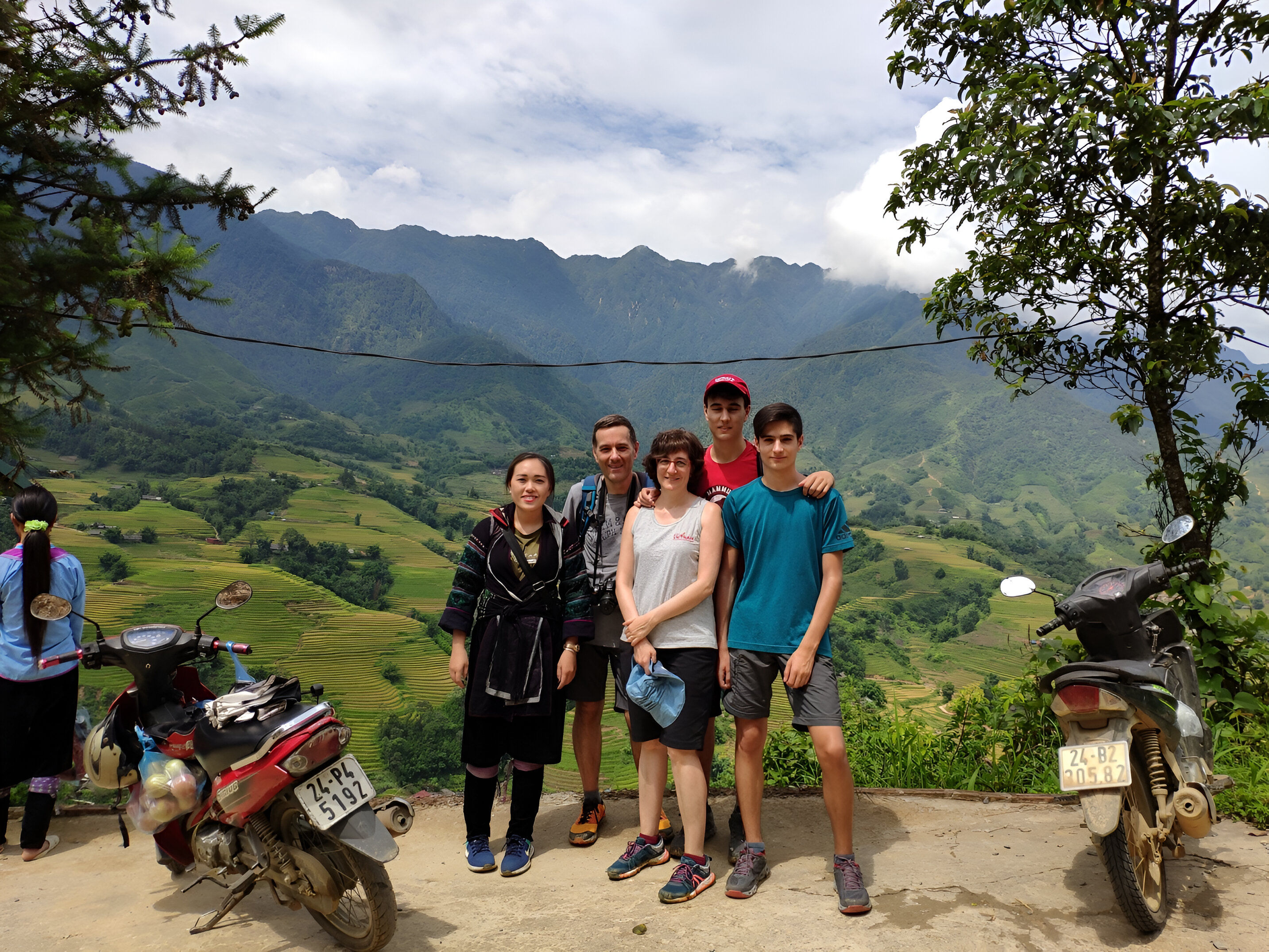
12 best things to do in Sapa Vietnam [2025 update]
In a beautiful valley close to the Chinese border – Sapa’s development was like nowhere else in Vietnam, with the advent of tourism, Sapa has experienced a renaissance. Bad roads have been upgraded to the good standard, countless new hotels & homestay have popped up and the food, including international menus, has improved immeasurably. Here are list of what to do in Sapa, Vietnam
1. Trekking & Hiking
The best way to see & experience the region like a local is through trekking in Sapa. This adventure takes you through the lush mountains, across the Mường Hoa valley, through bamboo forests, and into local Hmong minority villages. Whether long or short, a trek stands out as one of the best things to do, and you shouldn’t skip it while visiting Sapa, Vietnam.
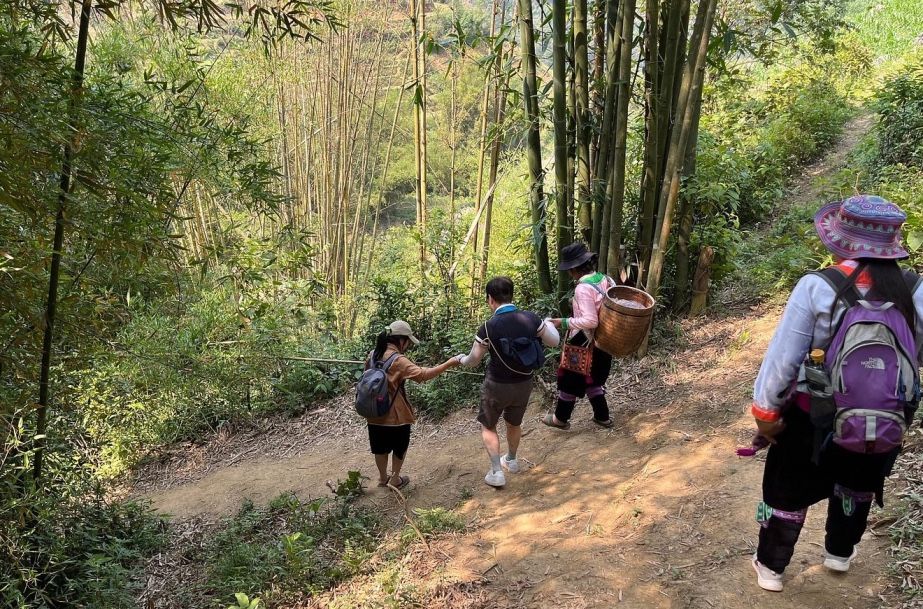
2. Explore terraced rice fields
Probably the main reason why so many tourist Visiting Sapa and around the terraced green hills by the Muong Hoa mountains. Set aside time to visit the rice terraces around Sapa. This is the Vietnam of your imagination: emerald green rows of terraced fields stretch as far as the eye can see, dotted with wooden houses and dusted with clouds.
Best rice fields in Sapa, and generally in Lao Cai province are in villages of Ta Phin, Y Ty, Ban Ho and Ta Van. check out Vietnam Famous Rice Fields

3. Visit hill tribes & minority villages
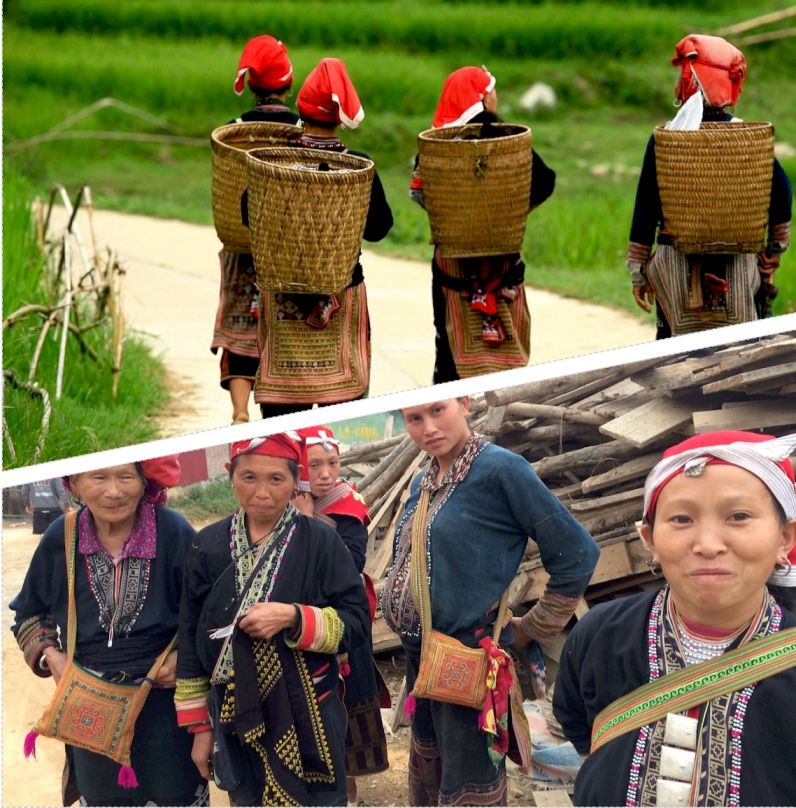
4. Homestay with local tribes
Book a homestay to tik-up one of the unique experiences while in northern Vietnam. Homestays are just around anywhere in the town and most of them are run and manage by local minority people, however, I do recommend to choose to stay around the Sapa town in villages to get closer to the nature, hill tribe villages and next to the rice fields. The experience would be unique but very worthy.
In addition, the off-the-beaten non-touristy things to do mostly offers if you choose a homestay, trekking through the jungles, visit local houses and more.
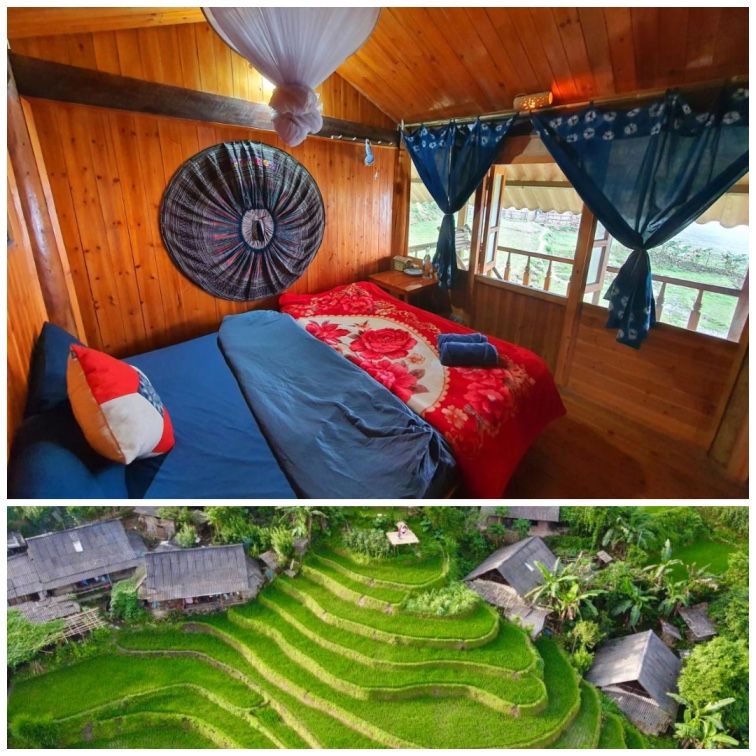
5. Visit colorful markets
Visiting the colorful markets run by tribal villages are fun, unique and free to enter. The mountain markets are about a lifestyle where hill-tribe minorities from surrounding villages go to the market most days to sell handicrafts and ethnic-style clothing. Saturday is the busiest day to visit markets in Sapa.
Bac Ha market is long touted as the weekend approaching, visitors flood in to meet the flower H’mong at the famous morning market. The market is a good base to explore the surrounding highlands as well. The colourful Flower H’mong are the most visible, but other groups include Dzao, Giay (Nhang), Han (Hoa), Xa Fang, La chi, Nung, Phula, Thai and Thulao are also present to the market to sell their local goods.
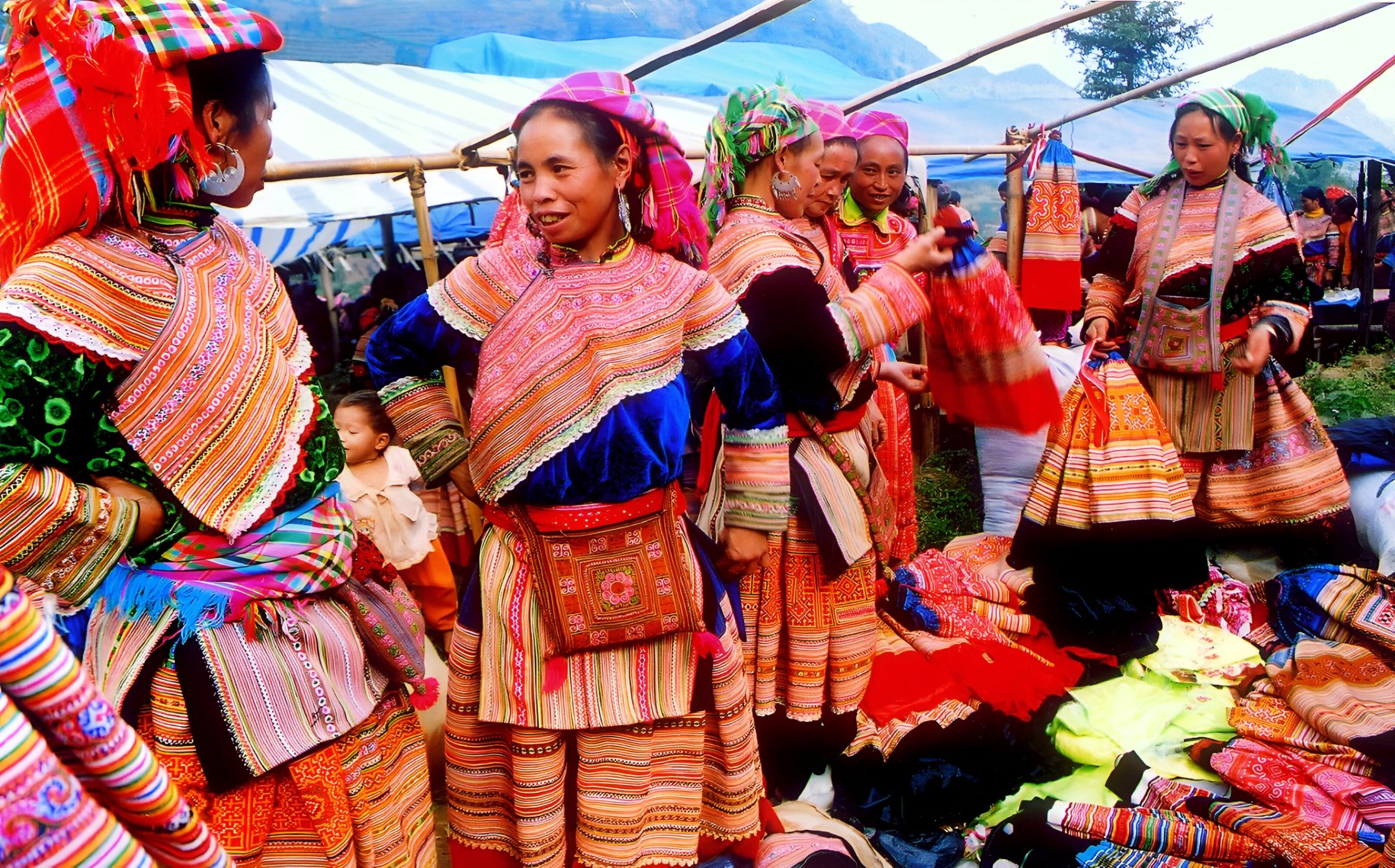
Private tours are the perfect choice to travel independently, groups of friends, or travelers with specific requirements. Plan your trip with our Best deal Vietnam Tours in 2025
6. Fansipan Mountain Peak by Cable Car
This the highest mountain in Vietnam, Fansipan serves as a major tourist highlight for anyone Visiting Sapa. In the past, organizing a 2-3 treks with equipment was the only possible way to reach the peak. While this option remains available , today you can take a 6.5 KM cable car ride from the station in Sapa town crossing the Muong Hoa Valley to the summit of Fansipan in just 20 minutes.
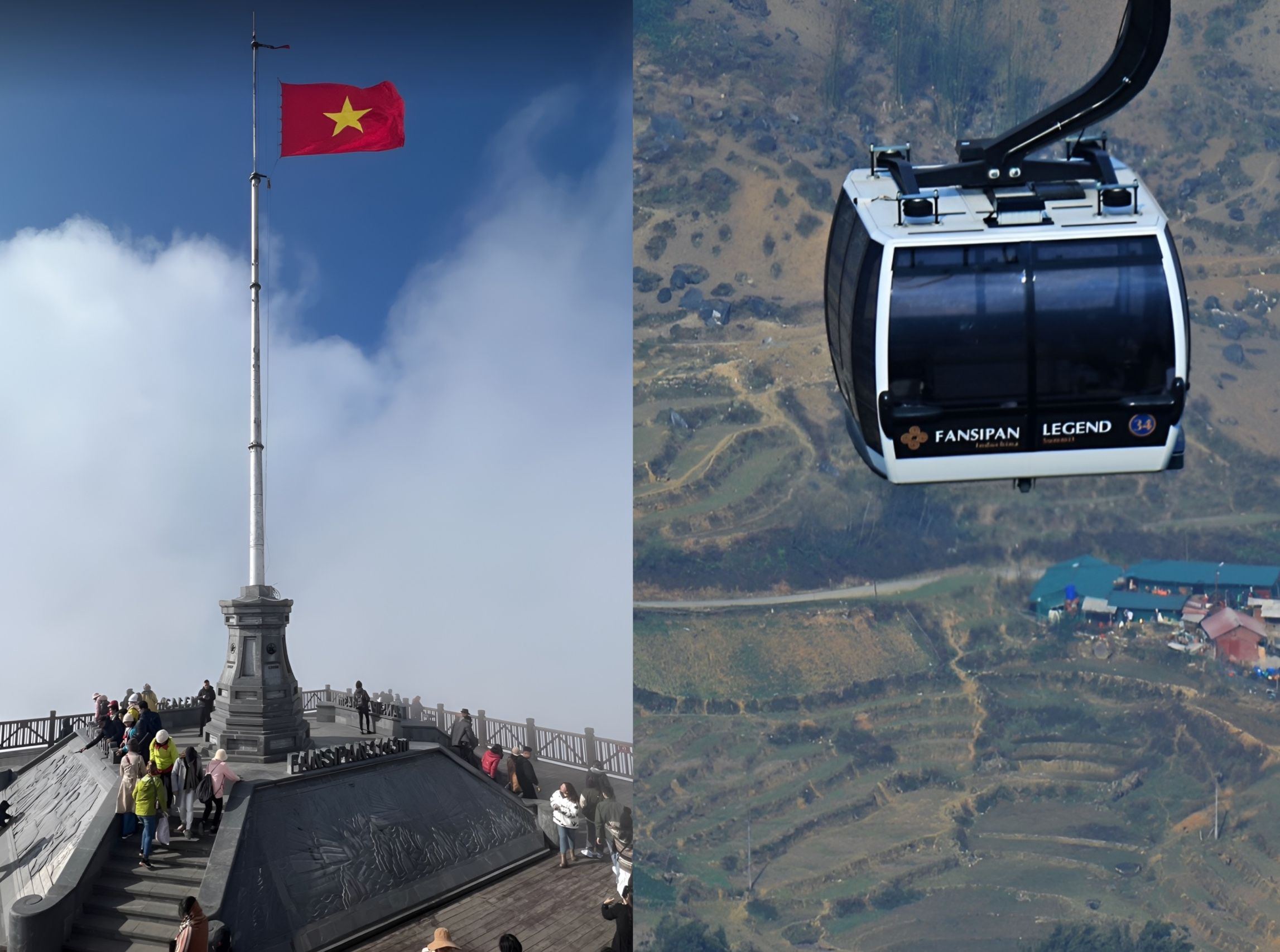
6.1 Trekking Independently
Trekking Fansipan, the highest in Vietnam & Indochina – still in demand as it is accessible year round and considered as one of the unique experiences in Sapa. Sensibly equipped travelers in good shape, but don’t underestimate the challenge. It is very wet, and can be extremely slippery and generally bone feeling cold. Don’t attempt the hike and trek upward if the weather in Sapa is poor and cold, as limited visibility on Fansipan can be treacherous.
6.2 The difficulty level
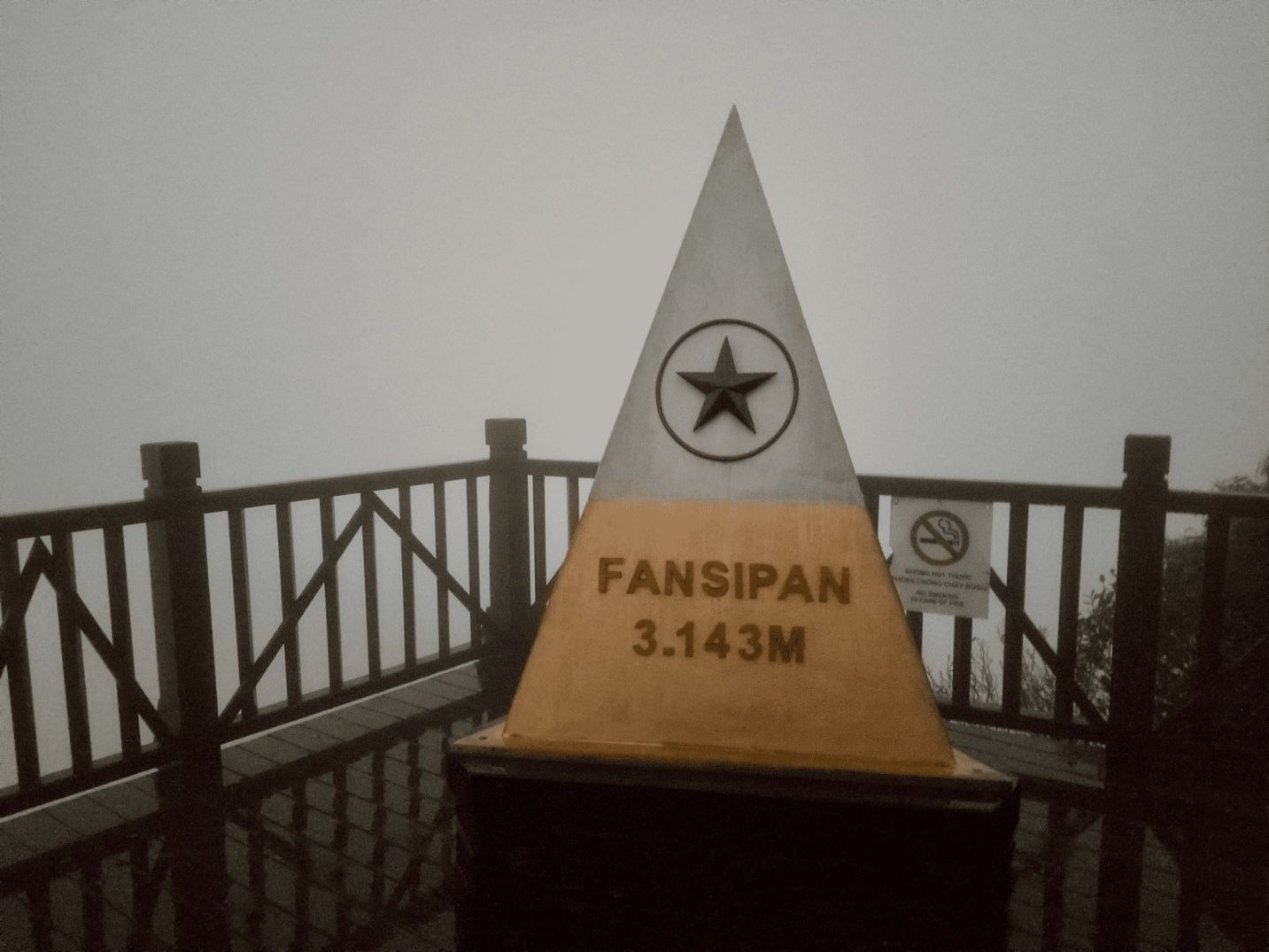
7. Ride along O Quy Ho Pass (Đèo Ô Quý Hồ)
O Quy Ho Pass stretches along the Hoang Lien Son mountain, it is the longest pass in the Northwestern region on the 4D national highway from Lao Chai to Sapa, the beautiful mountain pass ranks as one of the four most beautiful yet most hazardous mountain passes in Vietnam at an altitude of 2,035 meters. Locally known as the Gate of Heaven as it is covered with clouds. Many motorbike riders choose to cross O Quy Ho pass to experience the magical overview. Check out Vietnam motorbike Tours
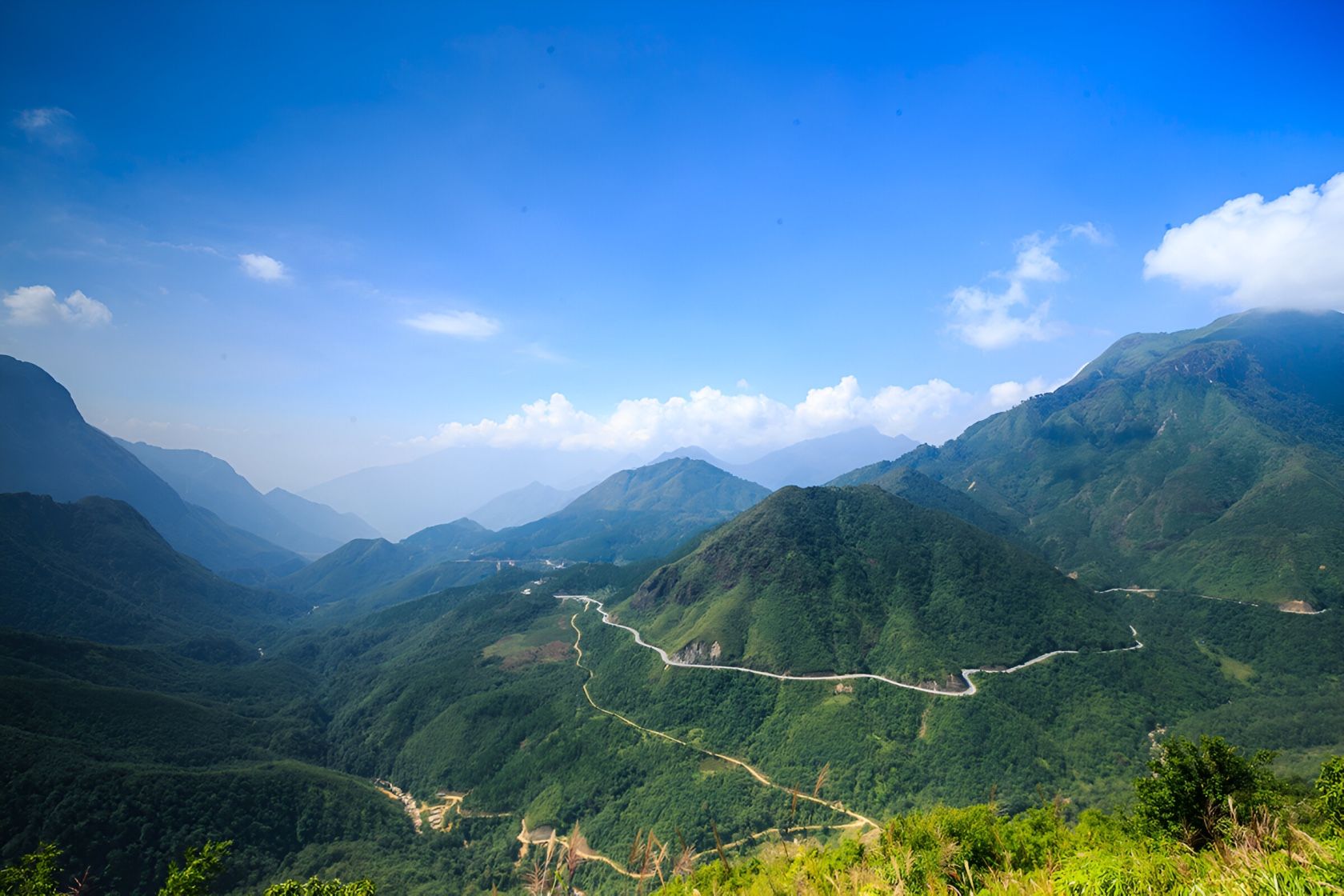
8. Silver Waterfall & Love Waterfall
A scenic motorbike ride toward Tram Ton Pass, from Sapa city center to the Glass Bridge outside the town reveals more attractions beyond the stunning scenery of Ô Quy Hồ Pass. Along the way, discover two famous waterfalls in Sapa: Silver Waterfall and Love Waterfall. You can catch a glimpse of Silver Waterfall from the road, but a small fee of 20,000 VND lets you get up close for a better view.
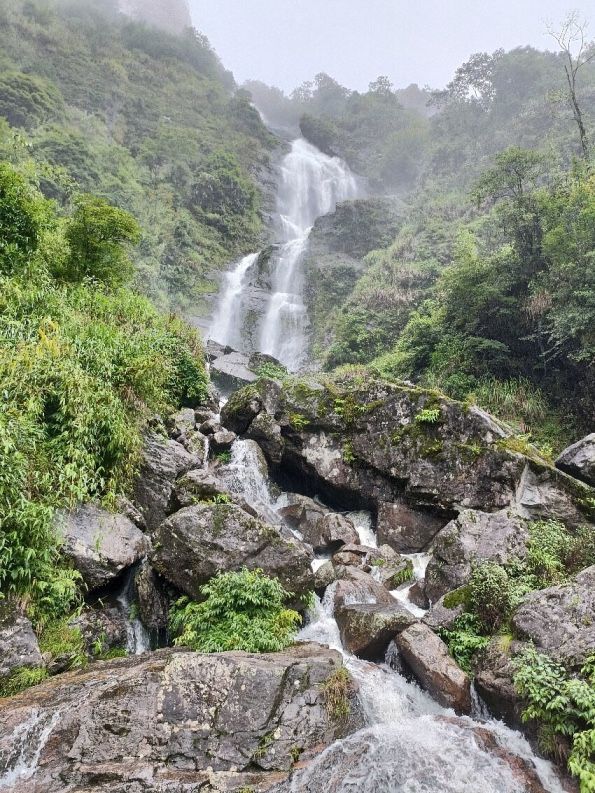
9. Walk around the Sapa center
Even if the nicest things to do are required to drive outside Sapa, you are still free to explore the center of Sapa for few good things to see. Sapa’s attraction including the local market and the historic Sapa Stone Church. that has long been considered as a symbol of Sapa tourism area. The whole church was built by stone (walls, floors, bell towers, etc.) that are linked by a mixture of sand, lime and molasses.
Weekdays are a good time to visit the markets, in addition, you can also visit a museum that features exhibits on various ethnic communities in the region. Lastly, you can take a stroll around the lake or visit Ham Rong Mountain to see the cityscape. The center of Sapa is home to a variety of tourist shops, pubs, restaurants, and street food vendors.
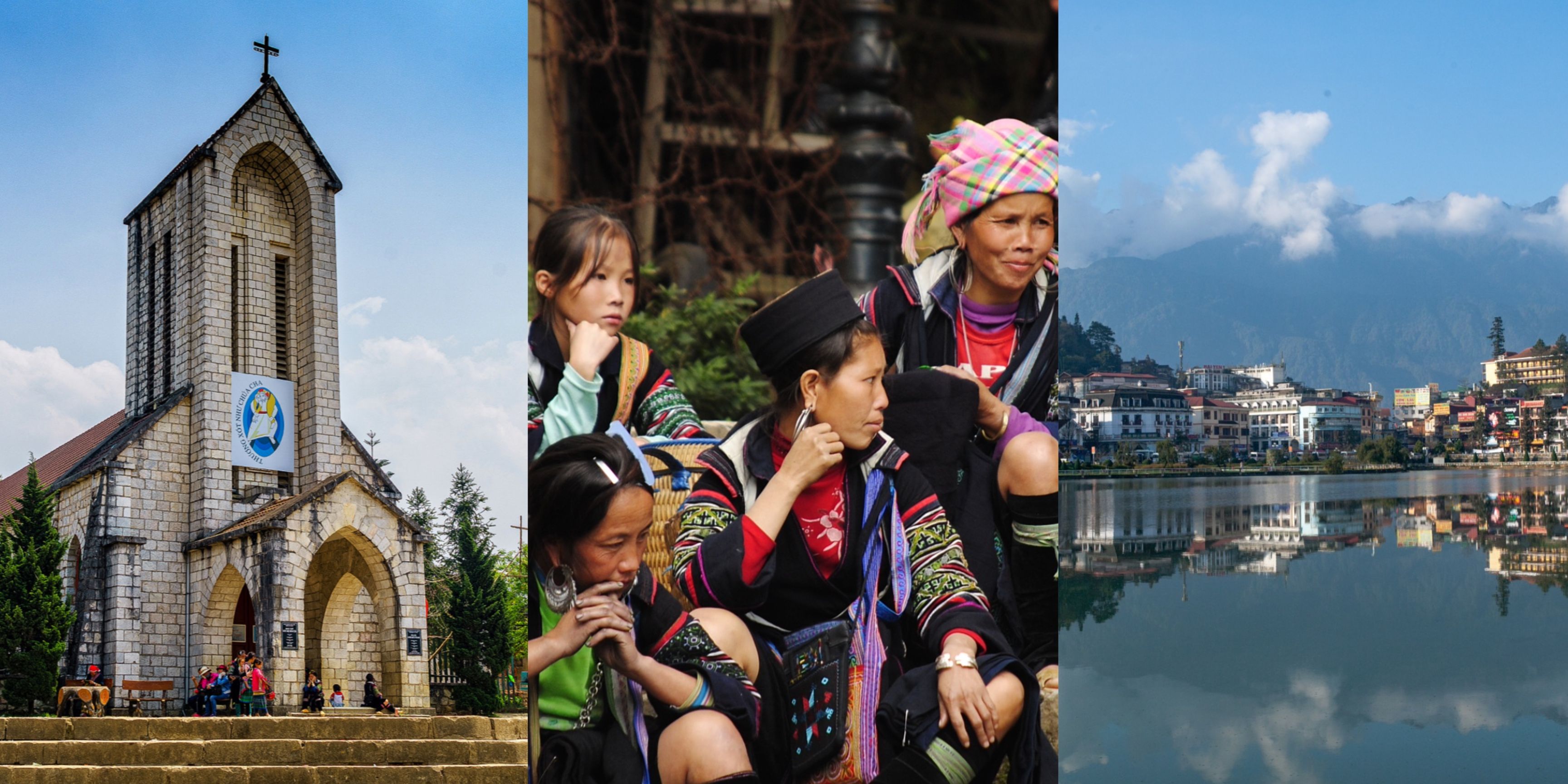
10. Sapa by motorbike
Rent a motorbike is the best way to do some looping and visit mountain passes, rice fields and local hamlets. once in Sapa, rent a motorbike & spend a couple of days exploring the Sapa with motorbike on the Sapa-Sin Ho Scenic Loop; you’ll enjoy some of the grandest alpine scenery in Southeast Asia and if you have more time, combine it with a famous Ha Giang Loop tour all on a motorbike.
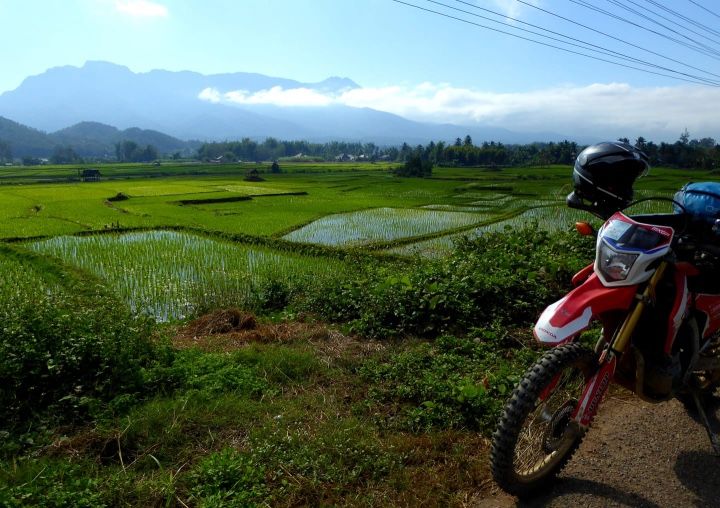
11. Visit Cat Cat tribal village
Cat Cat Village, pretty close to the center of Sapa in Muong Hoa Valley, offer visitors to explore the unique ethnic minority culture of the Black Hmong tribe. Nestled at the base of Fansipan Mountain, the village charms travelers with its terraced fields, rolling hills, and picturesque waterfalls. Cat Cat Village remains a top trekking destination, offering a blend of unique things to do in Sapa Vietnam and breathtaking landscapes that capture the heart of the region.

12. Ta Phin minority village
Ta Phin Village, nestled in the hills near Sapa, home to beautifully vistas or rice terraces and serene landscapes. Surrounded by natural beauty, the village offers an authentic glimpse into the lives of the Red Dao, Black Hmong, and Kinh ethnic minority groups. Best things to do in Ta Phin include interact with locals, explore daily life on teh farm, sample rice wine, and admire intricate embroidery. Ta Phin invites visitors to slow down, appreciate cultural richness, and enjoy the tranquility of this charming hilltop retreat. Check out Sin Chai Village, also near Sapa
Where to stay in Sapa
Hotels in the Center of Sapa
Staying in center of Sapa: Very touristy, busy area & not recommended if you’re looking for an authentic experience – HOWEVER, within walking distance, you’ll find Ham Rong Mountain and the train station to board the cable car to Fansipan and a lot more.
Homestays around Sapa [in the villages]
Homestays in Sapa are one of the best ways to get to know the local culture while staying in the lap of nature and away from the touristy side of Sapa. There are a handful of home-stays run by locals just within 5-10km from the center of town and they all offer a simple yet genuine experience.
Home-stays in Muong Hoa – Cat Cat & Ta Van
What to eat: food and drinks
In Sapa you will find a variety of places for different sort of foods to eat, from the stalls along the streets to some flashy looking Chinese style neon facade restarant.
Street foods
Try the Sapa spring rolls, fresh, grilled and filled with veggies. You can also spot other snacks like sticky rice wrapped in banana leaves or in bamboo tube, little rice cakes, and a variety of Vietnamese fruit. You can also follow locals, sit in the small plastic chair, order anything from chicken BBQ to rice and noodles and eat it right in the street. If you’re in Sapa, you should give a street food a good try.
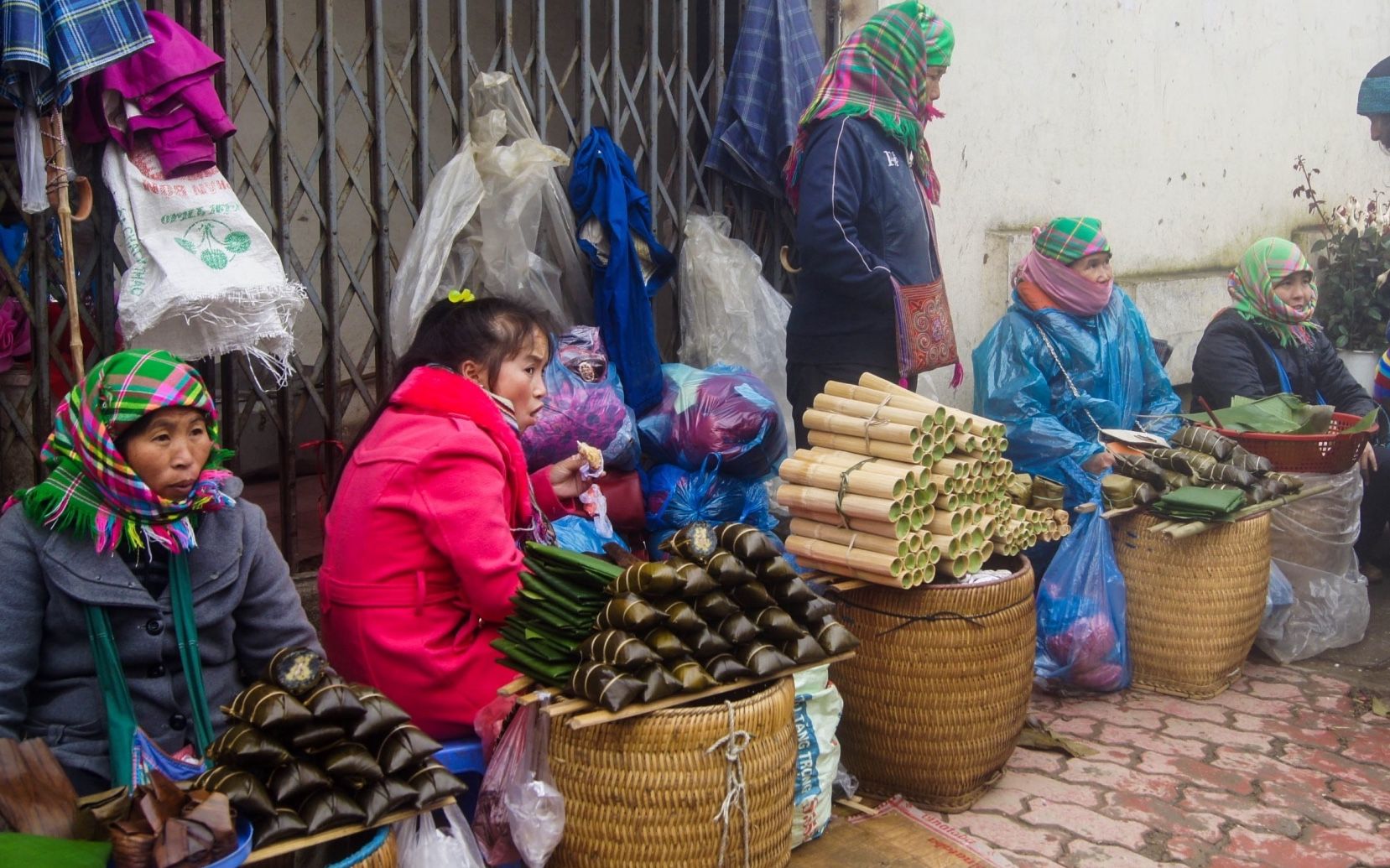
Drinks
Nightlife
Forget about disco and bar and late night dancing when while Visiting Sapa, It’s true that the small town is not familiar with modern nightlife, however, with the growing tourism and probably a demands, there are few Karaoke places, bars to get few beers and cocktails and a number of massage parlors around the center of Sapa. Check out Vietnamese Massage
How to Get to Sapa Vietnam
Sapa does NOT have an Airport and the closet international airport is Noi Bai International Airport (HAN), in Hanoi. To travel to Sapa by overnight train, bus, VIP van or car. There are several options for anyone with any budget and traveling style in mind.
The distance from Hanoi to Sapa is 319 KM (200 miles). Here are the few best ways to get you to Sapa from Hanoi in 2025
Trains to Sapa
Several trains run from Hanoi to Sapa every night, plus a few hat depart in day time – all operated by state-run Vietnam Railways. Each train features standard Vietnam Railways carriages and some more luxurious ones from private companies. The cheapest tickets are for the regular carriages on the Sapa Reunification Express.
Hanoi to Sapa by bus
Several buses travel from Hanoi to Sapa during the day and you can book them either online or simply ask your hotel guy and that is included a free pick up from your hotel. The bus journey from Hanoi to Sapa takes around 6 hours and actually many travelers and backpackers would prefer the overnight sleeper bus.
Hanoi to Sapa by Limousine Van
The limousine van is probably the quickest and the most comfortable way to get yourself to Sapa in less than 5 hours. The Van limousine services are run pretty much anytime from 6Am through 3PM and the tickets are around 500k-600k and it is included a free water and a snack. The minivans are featuring comfortable seat, USB charging ports, WIFI and in Hanoi, they usually pick passenger up at Hanoi’s old quarter.
The best Itinerary for Sapa: 2 Days 1 Night
Sapa Town, Cat Cat/Ta Phin Village, Silver Waterfall, Love Waterfall, Stone Church
Mount Fansipan, O Quy Ho, Ham Rong Mountain
This was an itinerary suggestion for 2 days Visiting Sapa and around. With the tourism industry evolving rapidly, don’t miss the chance to experience Sapa.
4 Days in Sapa: A Mountain Paradise in Northern Vietnam
FAQ: Sapa Vietnam
Best Time to Visit Sapa Vietnam
The best time to visit Sapa vietnam in 2025 would be the period from mid-March to June and also, September to mid-October that rewards visitors with pleasant weather, though a bit of lingering rain appears at the start, and temperatures dip by October.
Sapa weather experience the dry season from January to June. January and February rank as the coldest (and foggiest) months. From March to May, the weather often shines, and summer stays warm despite the rains from June to August, this is also a great time to visit Sapa and northern mountains.
How long do you need for Sapa
Recommended days to stay in Sapa would be around two to Four days including time for some trekking, ride around the rice terraces on a motorbike, and visit local minority tribes and Hmong markets. Sapa’s variety of things to do offers unlimited activities depending on time of the visit and the things expected by you.
Currently exchange & ATM’s
Currency exchange goes through banks (remember to carry your passport), the easiest are USD and Euros. Your hotels and or small travel agents around the town would also accept to exchange your money into VND. There are around 5 ATM’s in the center of Sapa for withdrawing money in VND, the exchange rate on official rate and the withdraw rate is around 30-50K VND (1.5 to 2 USD). Check out Vietnam currency




